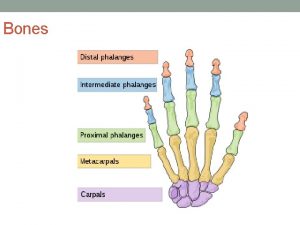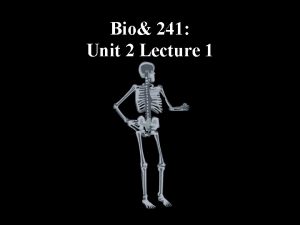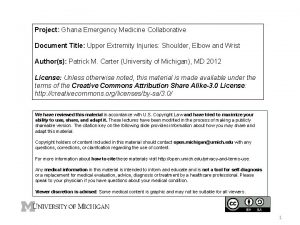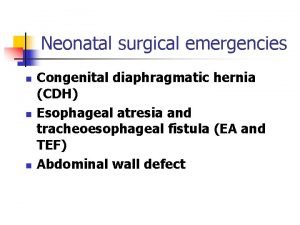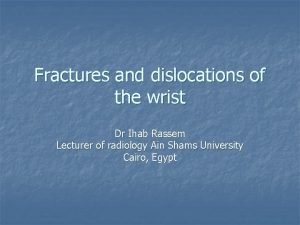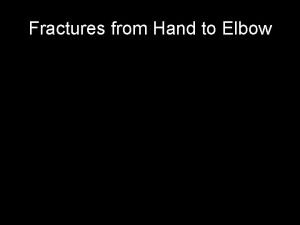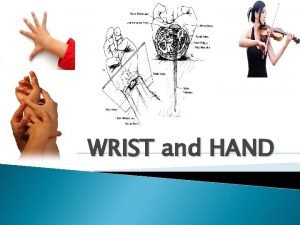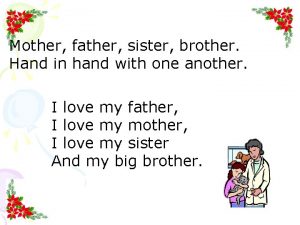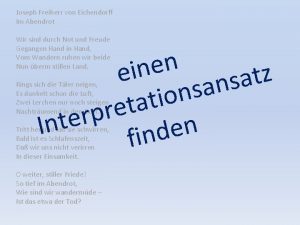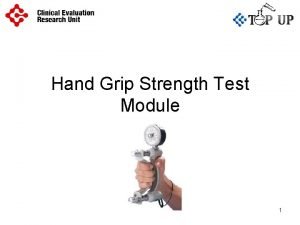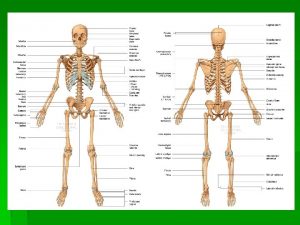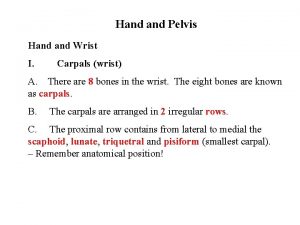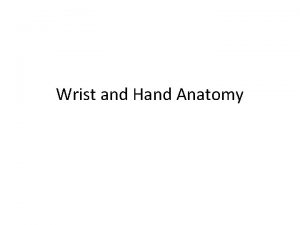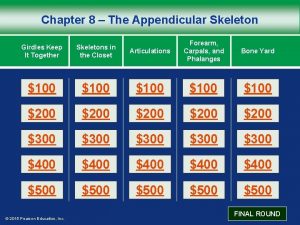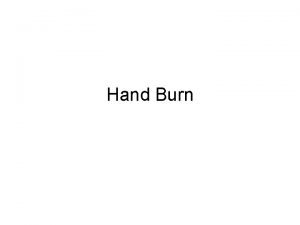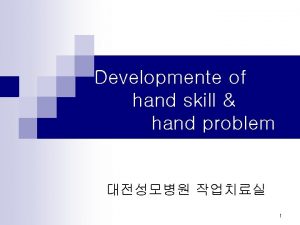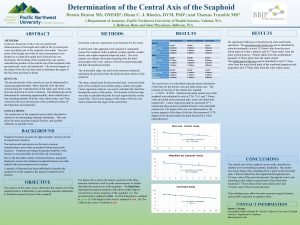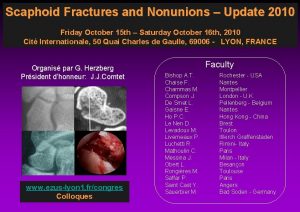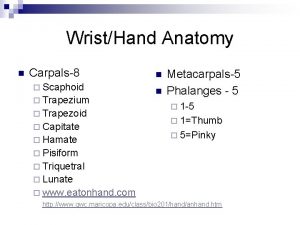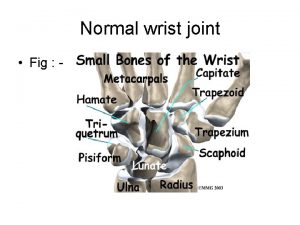STRUCTURE OF THE HAND Carpals 8 scaphoid lunate














- Slides: 14

STRUCTURE OF THE HAND • Carpals (8); scaphoid, lunate, triquetral, pisiform, trapezium, trapezoid, capitate, and hamate • Metacarpals (5); proximal base, medial body, and distal head • Phalanges (14); proximal, medial, & distal (the thumb has only proximal and distal)

JOINTS OF THE WRIST • The wrist joints are composed of the radiocarpal joints and the intercarpal joints – radiocarpal joint formed by the distal end of the radius, an articular disk, and (3) of the (4) carpal bones in the proximal row (scaphoid, lunate & triquetral) – intercarpal joints are divided into (3) groups: the joints between the proximal row bones; the joints between the distal row bones; and the midcarpal joint, the joint between the (2) rows

JOINTS OF THE HAND • There are (12) hinge joints and (5) universal joints in the hand allowing for (22) degrees of freedom; note thumb’s carpometacarpal joint is also called a saddle joint permitting extensive and unique mvts. – Hinge joints (within the phalanges) 1 dof – Universal joints (MP) 2 dof

MUSCLES OF THE WRIST AND HAND • Six principle muscles act on the wrist, although the extrinsic muscles of the hand can act as agonists: flexor carpi radialis, flexor carpi ulnaris, flexor digitorum superficialis, extensor carpi radialis longus, extensor carpi radialis brevis, and extensor carpi ulnaris

MUSCLES OF THE WRIST AND HAND • Intrinsic muscles of the hand are subdivided into (3) groups: those of the thumb (thenar eminence) on the radial side, those of the little finger (hypothenar eminence)on the ulnar side, and those in the middle of the hand between the metacarpals. • (11) small intrinsic muscles are involved with mvt of the fingers (4) lumbricals, (4) dorsal interossei, & (3) palmar interossei

MUSCLES OF THE WRIST AND HAND • (3) muscles act only on the little finger: abductor digiti minimi, flexor digiti minimi brevis, & opponens digiti minimi • (8) muscles act on the thumb, (4) are intrinsic to the hand (flexor pollicis brevis, opponens pollicis, abductor pollicis brevis, & adductor pollicis) extrinsic muscles are (extensor pollicis longus, extensor pollicis brevis, abductor pollicis longus, & flexor pollicis longus

FUNCTION OF THE HAND • Opposition is a movement by which the pulp surface of the thumb is placed squarely in contact with--or dramatically opposite tothe terminal pads of one or all of the remaining digits • This mvt and the resultant manueverability of the thumb separate us from other primates: abduction, circumduction & rotation

FUNCTION OF THE HAND • Opposibility index = total length of thumb x 100/total length of index finger • A low index denotes a long first finger and a short thumb, in primates the mean values are between 40 and 65. – Orangutans mean = 40 – humans mean = 60

FUNCTION OF THE HAND • What movement of the thumb separates Old World monkeys and apes from New World monkeys and prosimians? • Which primates are closest to our opposibility factor? (apes, gorillas, baboons and mandrills)

MOVEMENTS OF THE HAND • Thomas Ellis (1804 -1878) noted that the true position of rest in the hand “lies somewhere about a mean between the ranges of easy movement” Explain? • How did Ellis come to this description?

MOVEMENTS OF THE HAND • Two Classes of Movement of the Hand – Prehensile movements: an object, fixed or free, is held by a gripping or pinching action between the digits and the palm – Nonprehensile movements: include pushing, lifting, tapping, and punching movements of the fingers

MOVEMENTS OF THE HAND • There are two main patterns and two subsidiary prehensile patterns: Main • precision - thumb held against pulp (pulp to pulp) • power - thumb held against palm Subsidiary • hook - without thumb • scissors - without thumb • The type of grip used is a function of the activity itself & does not depend on the shape or size of the object gripped.

MOVEMENTS OF THE HAND • How is this generalization effected by very small or very large objects? • Differentiate the prehensile patterns in Old World and New World Primates. • Regarding tools, should function dictate design?

FUNCTION OF THE HAND • What did your observational experiment yield regarding the (4) grips?
 Bhumika suthar
Bhumika suthar What bones are carpals
What bones are carpals Carpals
Carpals Tarsals lecture
Tarsals lecture Colles vs smith fracture x ray
Colles vs smith fracture x ray Scaphoid abdomen
Scaphoid abdomen Signet ring sign scaphoid
Signet ring sign scaphoid Scaphoid abdomen
Scaphoid abdomen Sesamoid bone elbow
Sesamoid bone elbow Benediction hand vs claw hand
Benediction hand vs claw hand What time is it
What time is it Mother father sister brother
Mother father sister brother Man machine chart example
Man machine chart example Eichendorff abendrot
Eichendorff abendrot Hand in hand module 1
Hand in hand module 1

